Luise Guest on the life and work of Dong Yuan, an artist painting the world one canvas at a time…
As a student in the Experimental Arts Department at Beijing’s renowned Central Academy of Fine Arts, Dong Yuan began to document the mundane objects of daily life. She decided to paint, literally, everything she owned. Home of Paintings and Sketch of Family Belongings (2008) record, on fifty-nine and one hundred and eighty-six canvases respectively, the two apartments in which she lived as a student.
Dong Yuan, Sketch of Family Belongings, 2008, acrylic on 186 separate canvases, dimensions variable, image courtesy of White Rabbit Collection
With obsessive attention to detail, she rendered mundane objects on flat surfaces. Our gaze travels across a pair of shoes, a box of tissues, empty coat hangers, a striped towel hanging on the back of the door, an electric kettle and tea thermos, umbrellas leaning in a corner, books piled haphazardly on wonky shelves, stacks of papers, and a teapot. Some are painted with a Cézanne-inspired aerial perspective, others with meticulous trompe l’oeil illusionism. The canvases are then arranged in real space, in three dimensions: to enter the installation is to have sense of intruding on a private, domestic space. These works provide a glimpse into the world of a stranger, the same voyeuristic frisson as witnessing alternate lives in the blue light of a television screen through an un-curtained window.
Dong Yuan, 2014, with ‘Grandmother’s Cabinet’ painting, photograph Luise Guest
Dong Yuan’s installations of multiple paintings challenge the boundaries and limitations of the medium as it’s conventionally understood. Some are steeped in nostalgia, others are wryly observed representations of the everyday, and some are purely fantastical imaginings. As a student, inspired by her discovery of the paintings of Giorgio Morandi, she was fascinated by the historical genre of the still life. Later, she immersed herself in a study of Renaissance and Flemish painting: Hieronymous Bosch, Hendrick Avercamp and Pieter Bruegel the Elder, with their sharply focused gaze on every detail of a scene, near and far, especially delighted her.
Dong Yuan, Daily Scenes, 2009, oil on canvas, image courtesy White Rabbit Collection
Dong found living in Beijing alienating and stressful. Her practice of painting the minutiae of daily life grounded her, and helped her to adjust. Daily Scenes (2009) consists of forty-two separate canvases arranged in a grid, recording the view from every stairwell window in her apartment block. Windows were an important element in traditional Chinese architecture, garden design and painting, always placed to reveal a beautiful vista for contemplation and meditation. Dong Yuan’s utilitarian windows, in contrast, reveal a bleak view of endlessly repeated apartment blocks, cars, trucks and bicycles – the sprawling suburban periphery of Beijing. There is beauty, however, in her careful variation of partly-opened windows, a rhythm evoking the comforting familiarity of everyday routines and repetitions. The sky is an unlikely blue, the trees are in leaf and not yet covered by Beijing’s yellow dust, and the typically orange and salmon pink colour of the buildings seems cheerful rather than austere. The bottom row of canvases depicts open doorways, vignettes revealing glimpses of the life of the neighbourhood: a stout man unselfconsciously scratches himself, women look after small children and hang washing amongst haphazardly parked cars. A vista that at first seems sterile is filled with the parallel lives of others.
Dong Yuan, Painted Kitchen, 2010, acrylic on canvas, image courtesy White Rabbit Collection
Dong Yuan, Painted Kitchen, 2010, (detail) acrylic on canvas, image courtesy White Rabbit Collection
Painted Kitchen (2010) takes us back into the domestic interior world: a cluttered kitchen lit by a bare bulb hanging from the ceiling. Rows of canvases depict bottles of cooking oil and soy sauce, stacks of noodle and rice bowls, teacups, hanging spoons and spatulas, plates of food, the porcelain sink and the stove. It is as if the inhabitants of this tiny domestic space have stepped out for a moment, and we are peering into their lit apartment, envious observers of a family meal being prepared and consumed.
In the Repeated Illusion series (2012) Dong Yuan returned to the Flemish masters who had intrigued her as a student — she began to appropriate and subtly subvert their works, applying the same clear gaze and wry humour that she brings to painting her own domestic interiors. In Repeated Illusion 1 (2012) a dark Flemish still life has all the flowers removed from the glass vessel that originally contained them. Now, individually painted cut-out tulips are pegged on a rope strung above the canvas, like washing on a line. The lighter world beyond is reflected in the green vase, standing empty on the table. In other paintings in the series, the game birds once rendered with meticulous realism in European oil paintings have been unceremoniously extracted from the composition, their corpses hanging limply above or below the canvas. Dong Yuan loves Da Vinci and Duchamp equally. In these works, we see the results of such an apparently unlikely juxtaposition: Dada’s love of the absurd and playful meets the beauty and virtuoso technique of the old master.
Dong Yuan, Bosch’s Paradise, 2013, (detail) oil on canvas, image courtesy of White Rabbit Collection
When Dong learned that the place of her happiest childhood memories –– her grandmother’s house in the countryside near Dalian –– was about to be demolished, she decided to re-create it in paint, one room at a time, in a two-year-long project that she described as ‘fixing it in memory’. Exhibited in 2013 as ‘A Short History of Everything: Grandma’s House and Bosch’s Garden’, this installation of more than 800 separate paintings marries the fantastical universe imagined by Hieronymous Bosch in ‘Garden of Earthly Delights’ with a rural Chinese family home, replete with heavy furniture and cabinets filled with teacups, rice bowls, folded flowered quilts and New Year pictures. Bosch’s Paradise (2013), is a part of this larger work, an installation of more than 300 paintings and objects. Hanging on the walls and filling the drawers and shelves of ornate wooden cabinets, they depict elements taken from Bosch’s fevered imaginings, including tiny naked figures, monsters, animals and insects, plants and flowers, and landscapes that recall the rural beauty of the countryside around Dalian, long ago. Exhibited in Beijing alongside the painted contents of her grandmother’s house, these juxtapositions of Spring Festival folk art, porcelain figures of household gods in their shrines, mass-produced calendars, pictures of Mao, and all the patterned quotidian objects that once filled a humble rural home sit comfortably alongside a visual catalogue of Bosch’s imagery: removed from their original contexts they suggest that reality and imagination are two sides of the same coin. An astonishing feat of trompe l’oeil, it’s a reflection on Dong Yuan’s personal journey from rural Liaoning Province to the global megacity of Beijing, connecting her dreams and memories of a fast-vanishing world with the purely physical elements of everyday life.
Dong Yuan never glamourises the ordinary things on which she focuses her astute gaze, but they are beautiful — and melancholy — nonetheless. With meticulous realism, she records the here and now, classifying, documenting and ordering her world. A meditation on the everyday, her works become a quiet memento mori, not unlike those of the Flemish painters she admires.
Born in China’s north-eastern Liaoning Province in 1984, Dong Yuan graduated from the Experimental Arts Department of Beijing’s Central Academy of Fine Arts in 2008. She applies a meticulous illusionist technique to paintings on separate small canvases that are placed together to make up ambitious installations, recording aspects of memory and a changing world. Dong Yuan lives and works in Beijing
Luise Guest is the Director of Education and Research for the White Rabbit Collection of Contemporary Chinese Art. She interviewed Dong Yuan in Beijing in 2012 and 2014 while researching her book ‘Half the Sky: Conversations with Women Artists in China’, published by Piper Press in 2016. The works described in this profile are held in the White Rabbit Collection.
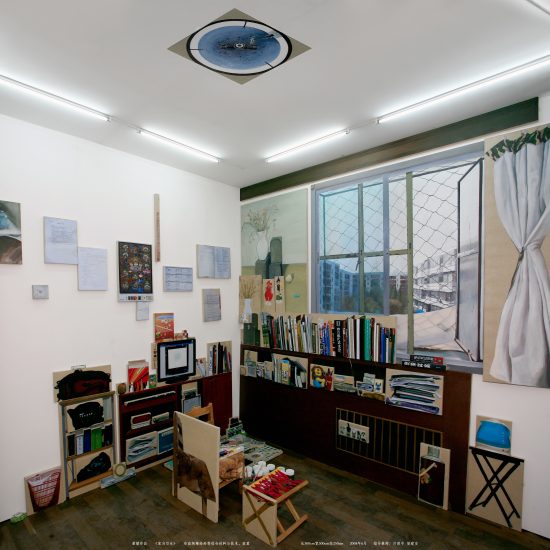
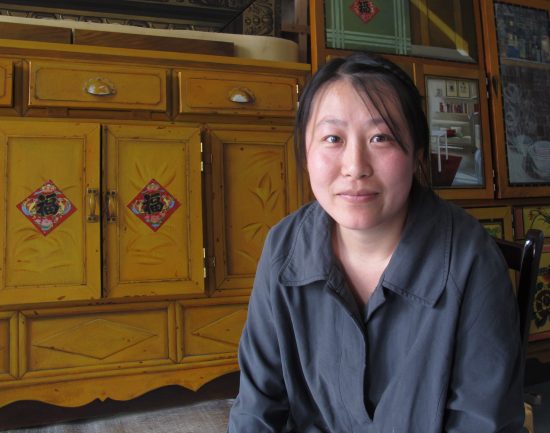
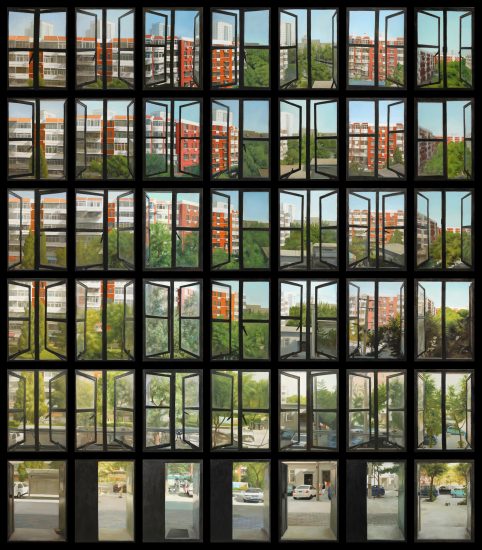
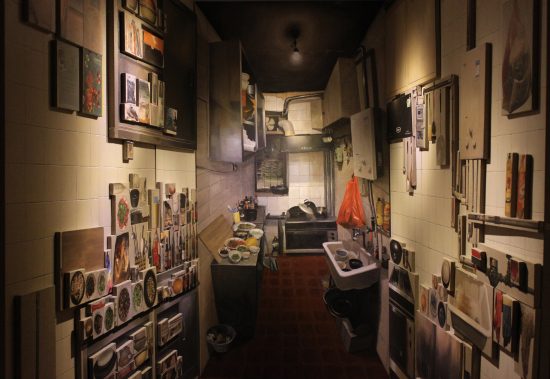
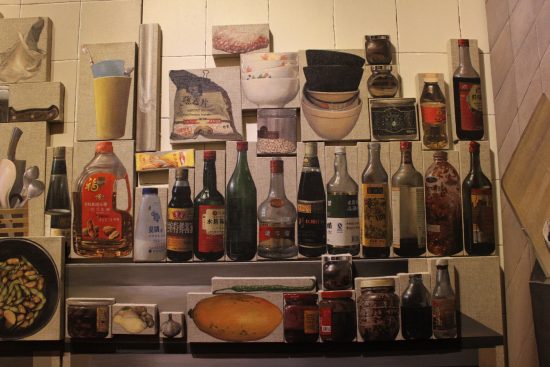
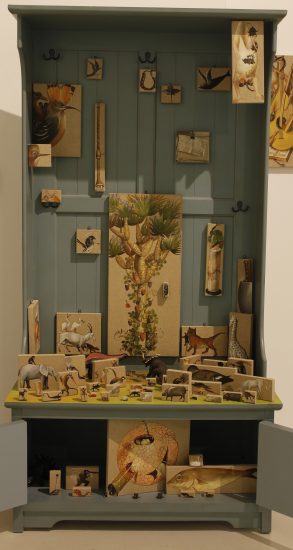

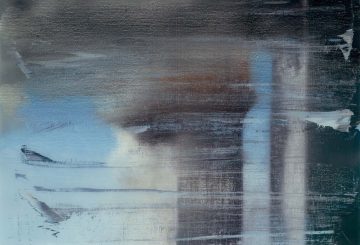
Very Nice Articale
Keep it up